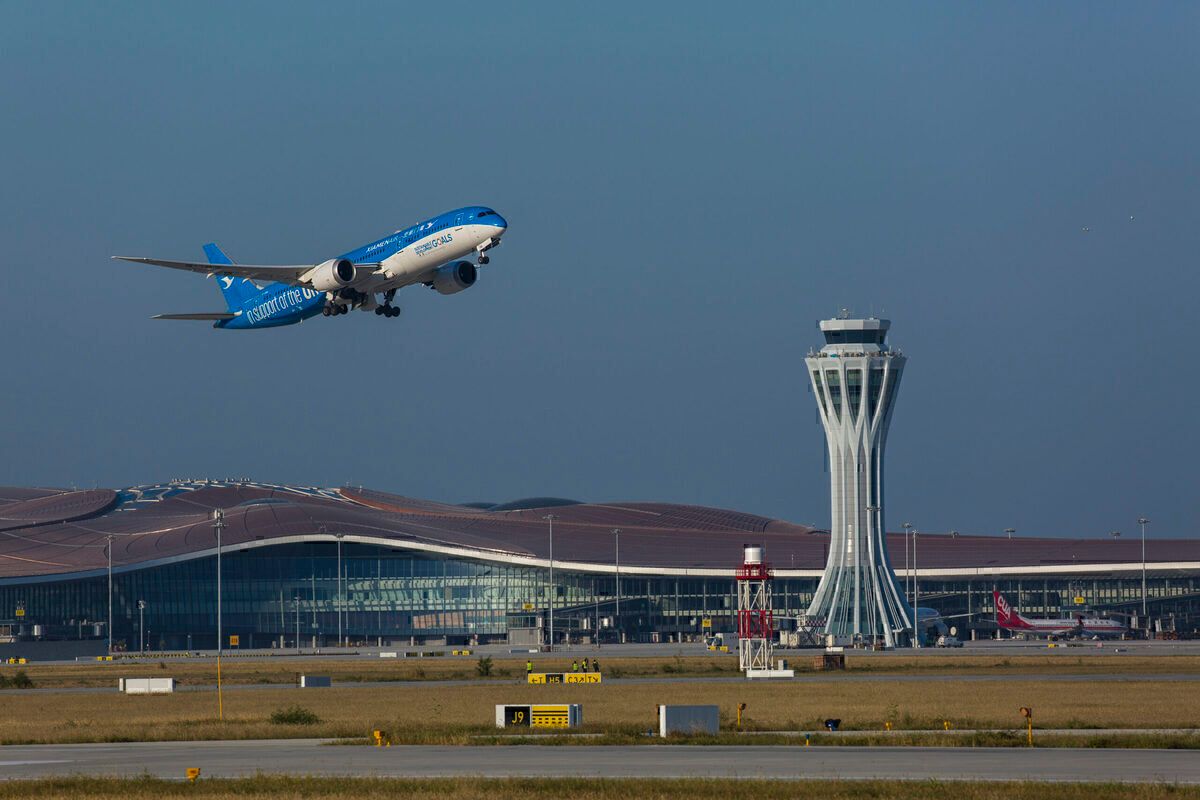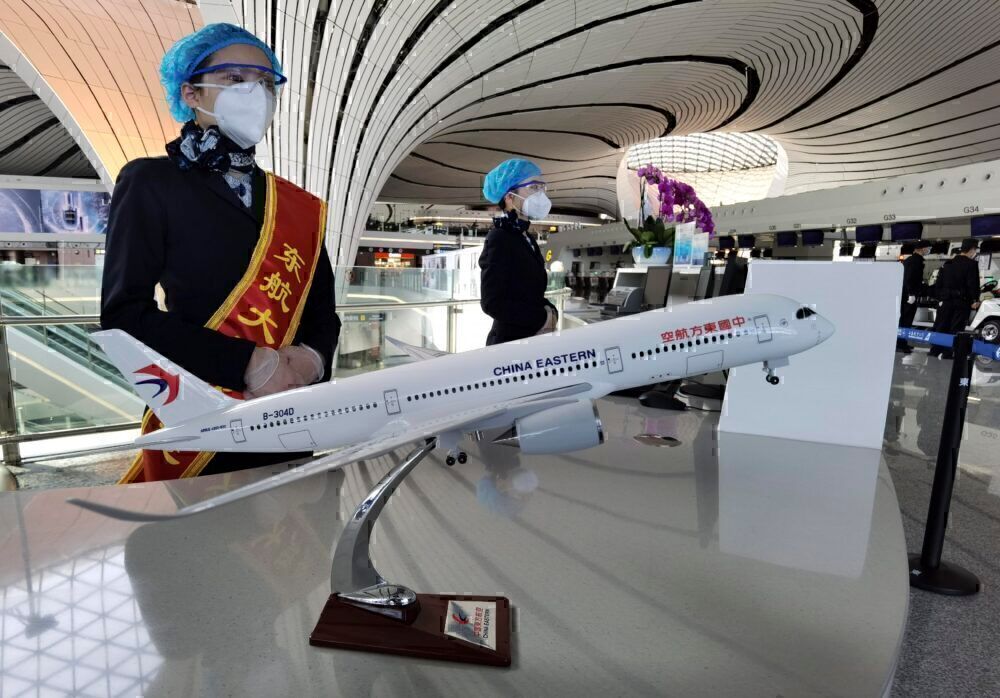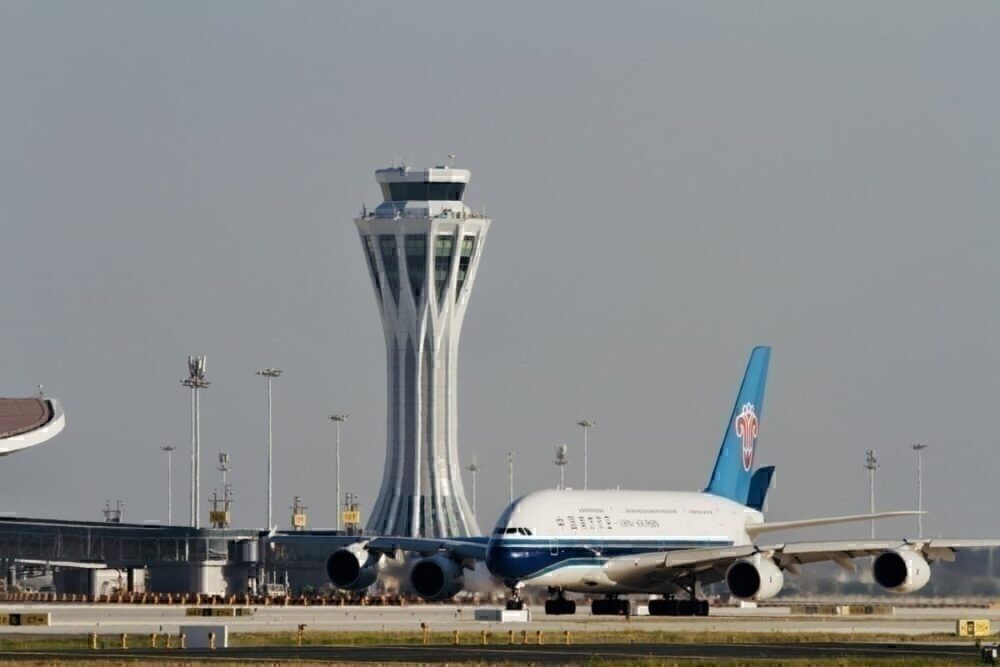Beijing’s new airport didn’t have the best of starts to its operations. With COVID hammering capacity at the airport, it hasn’t seen anything like the growth it had hoped for. Nevertheless, it has been rapidly bouncing back from its difficult start and currently handles 43% of the city’s capacity.
Daxing had a tough first year
It’s been well over a year since Beijing’s new airport opened its runways to the world. Daxing Airport was set to be a massive boon for China, but nothing could have prepared it for what happened in its first year of opening. A year that should have been marked by exponential growth and the arrival of new airlines has instead seen capacity plummet to almost nothing as the COVID crisis halted almost all international travel.
But, like a beach ball in a swimming pool, you can’t keep a good airport down for long. Research by OAG has shown just how much the airport has bounced back, registering 10% more domestic traffic in November 2020 than it did last year.
The recovery of Daxing (PKX) had been relatively parallel to that of neighboring Beijing Capital (PKK) until around August. Since then, PKX has really ramped up capacity, and the gap between the two airports in terms of seat capacity has grown wider and wider. By November, Daxing was handling 43% of Beijing’s entire capacity.
Where are airlines flying from Daxing?
Building back its route network has been tough for Daxing. Whereas a year ago airlines were flying both locally and to destinations in Europe and South East Asia, now the route map is limited to just domestic service. Any of the limited international flights that are coming out from China are all currently operating via Beijing Capital.
OAG states that, last month, airlines flew 5.1 million seats from Beijing in total on 186 routes. 137 of these fly from Capital and 121 from Daxing (with 76 overlapping routes, mostly to China’s major cities). The most popular of these was Shanghai, for which the majority of flights departed from PKK.
However, there are some routes where Daxing holds the crown. In particular, for fights to Guangzhou Airport (CAN), the second most popular destination from Beijing, PKX handled more than half of all flights. Sanya flights were about 50/50 between the two airports, while Daxing took care of the majority of flights to the destinations of Kunming, Pudong and Wuhan.
These numbers are a reflection of the carriers who have moved wholeheartedly into Daxing. China Southern, for instance, has entirely moved to the new airport and currently holds some 45% of the overall capacity there.
With hopes that a vaccine could herald the start of more relaxed international movements, it will be interesting to see the international capacity start to pick up at Daxing. Many international operators made the switch to the new airport, including Delta, LOT Polish, and pretty much all of the oneworld operators.
Perhaps this time next year, we’ll be able to celebrate some marked growth at China’s newest airport.



